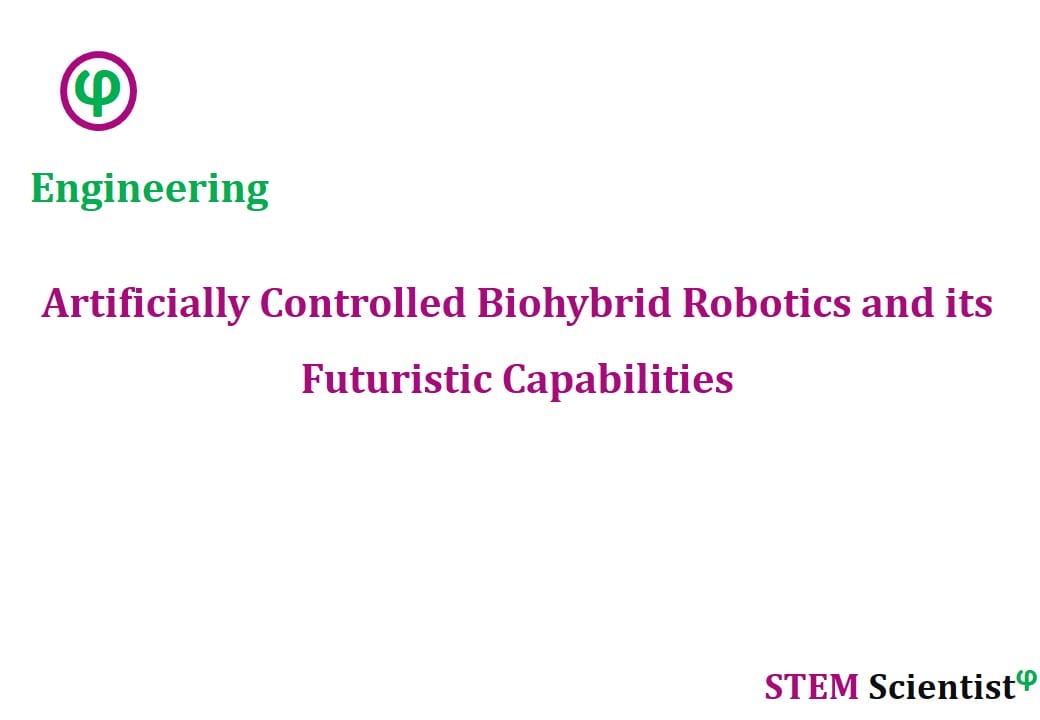
The following study was conducted by Scientists from Department of Bioengineering, School of Engineering and School of Medicine, Department of Civil and Environmental Engineering, School of Engineering, Department of Mechanical Engineering, School of Engineering, Stanford University, Stanford, USA. Study is published in Science Advances Journal as detailed below.
Science Advances; 29 Jan 2020: Vol. 6, no. 5, eaaz3194; DOI: 10.1126/sciadv.aaz3194
Low-Power Microelectronics Embedded in Live Jellyfish Enhance Propulsion
Abstract
Artificial control of animal locomotion has the potential to simultaneously address longstanding challenges to actuation, control, and power requirements in soft robotics. Robotic manipulation of locomotion can also address previously inaccessible questions about organismal biology otherwise limited to observations of naturally occurring behaviors. Here, we present a biohybrid robot that uses onboard microelectronics to induce swimming in live jellyfish. Measurements demonstrate that propulsion can be substantially enhanced by driving body contractions at an optimal frequency range faster than natural behavior. Swimming speed can be enhanced nearly threefold, with only a twofold increase in metabolic expenditure of the animal and 10 mW of external power input to the microelectronics. Thus, this biohybrid robot uses 10 to 1000 times less external power per mass than other aquatic robots reported in literature. This capability can expand the performance envelope of biohybrid robots relative to natural animals for applications such as ocean monitoring.
Source:
Science Advances
URL: https://advances.sciencemag.org/content/6/5/eaaz3194
Citation:
Xu, N. W. and J. O. Dabiri (2020). “Low-power microelectronics embedded in live jellyfish enhance propulsion.” Science Advances 6(5): eaaz3194.


